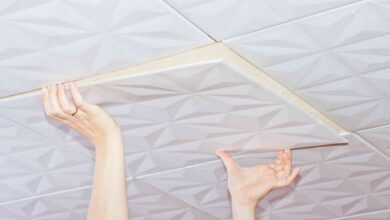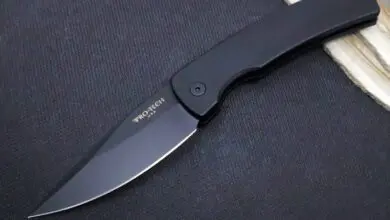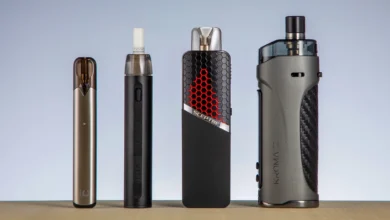11 Equipment Essentials for a Wedding Photographer

All the best wedding plans mean nothing if you are not thinking of all the possible eventualities. Weather, light and conditions can change and sometimes equipment can fail. That’s why professional wedding photographers have to be prepared for all eventualities on a wedding day. After all, this is a couple’s most important day of their lives and there is no second chance, everything has to be perfect. As an experienced London and Surrey wedding photographer, Richard owner of surreylaneweddingphotography.co.uk, always uses the following:
1. The right camera bag for the job
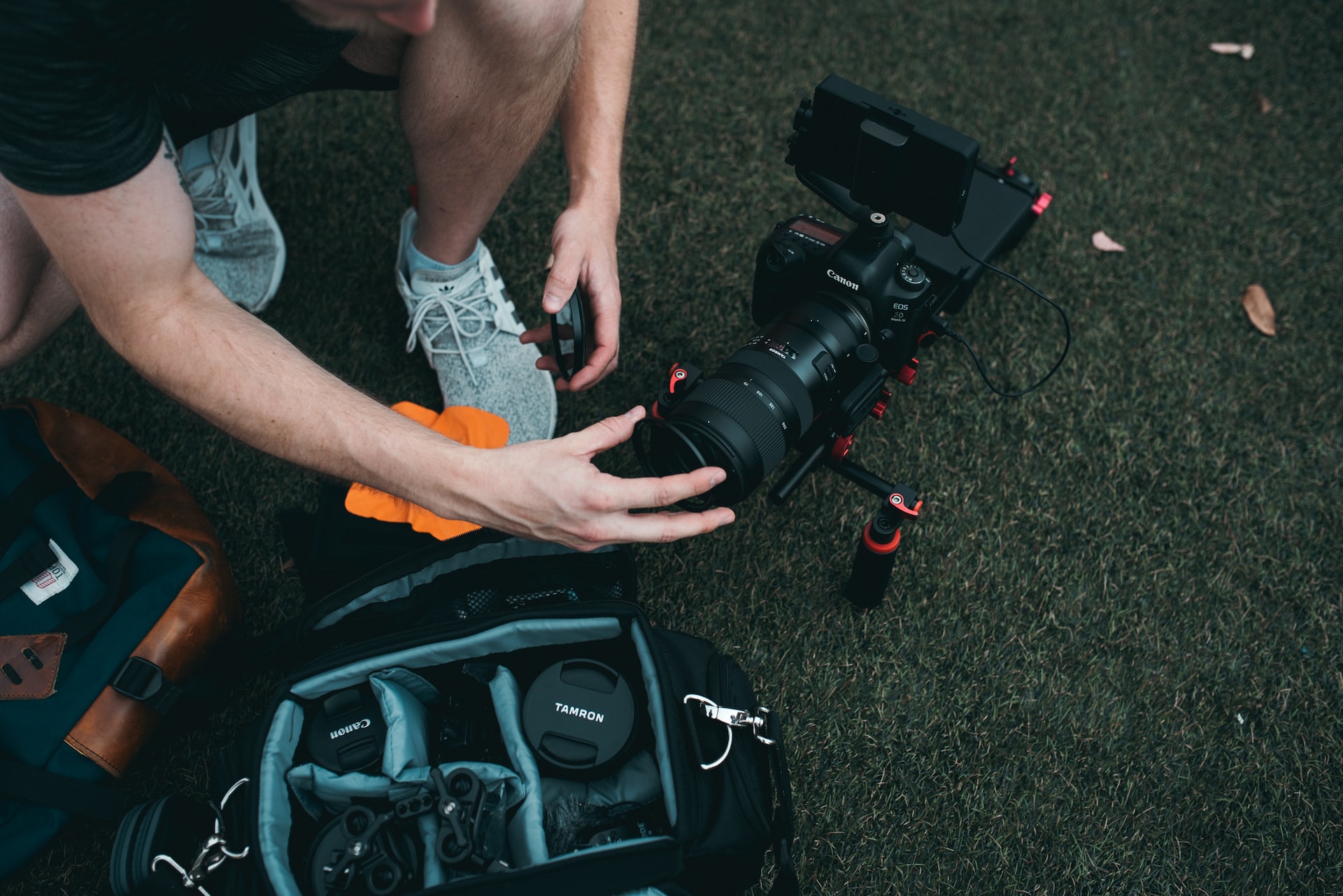
I have a range of camera bags and the one I choose depends on the nature of the wedding. So full day weddings of eight or more hours usually means more equipment, as do weddings that take place in the winter months when natural light is scarce or when the weather is bad and so requires a larger bag which maybe has wheels and attachments for light stands and umbrellas. Whilst for smaller weddings, or ones where the conditions are optimal such as plenty of natural light throughout the day such as in summer and also where access is easy then a more portable shoulder bag is more suitable as less equipment is required.
2. Two Full-Frame cameras at all times
I always carry two cameras with me Firstly and most importantly, if my main camera fails then I have a backup to hand. But secondly as a professional wedding photographer I will use two cameras in any case throughout the wedding, each with a different and most appropriate lens for the situation in hand.
3. A range of fast lenses.
I always have a range of fast lenses in my camera bag. The main ones I will use are a f2.8 28-70mm zoom lens, an f2.8 70-200 zoom lens, a f1.4 50mm prime lens and a 15-30 wind angle zoom lens.
4. A camera battery grip.
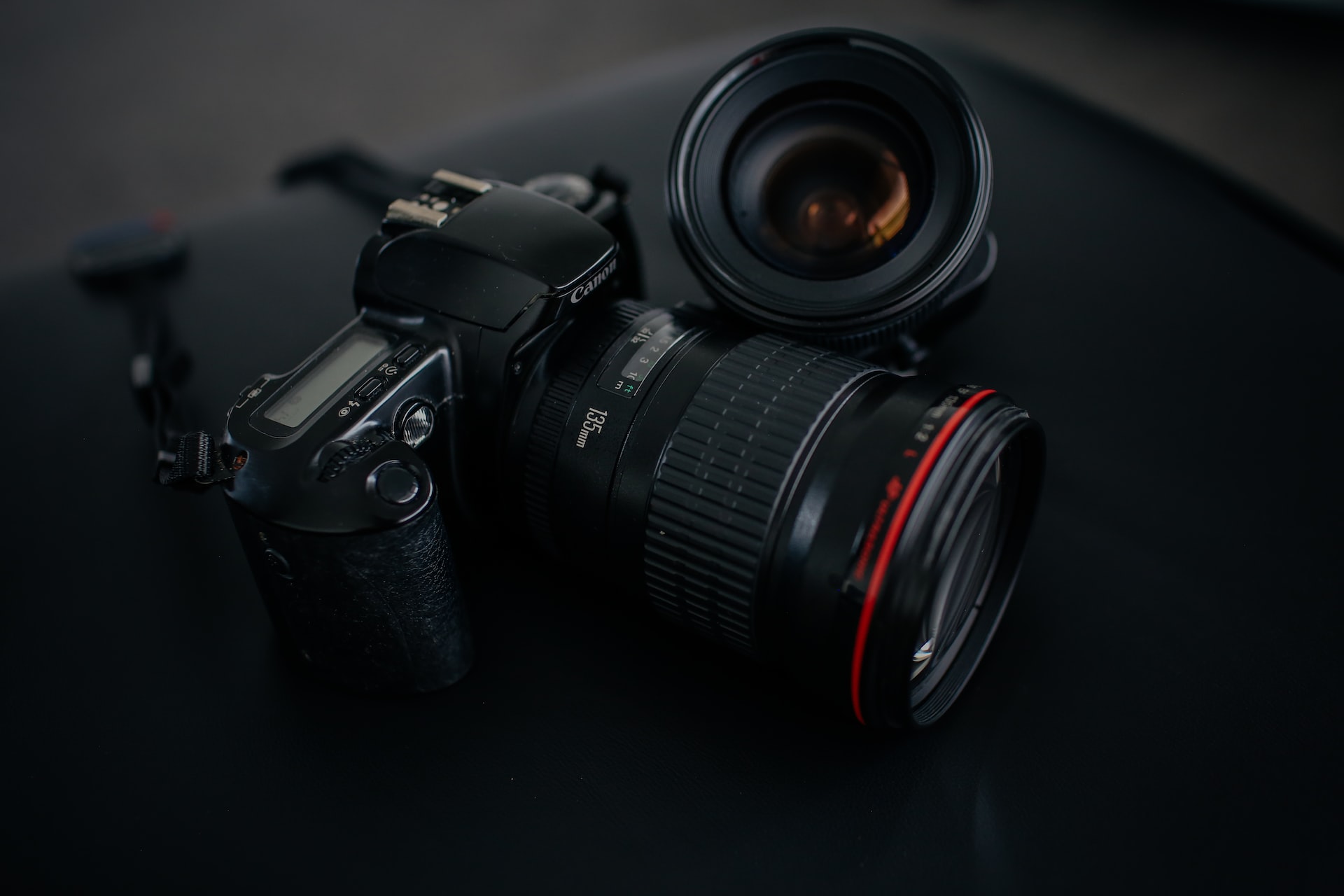
For me I find this an essential bit of kit to get me through the day. Being able to shoot all day without thinking of having to change batteries is a must. Plus I find that it also provides great camera hand support.
5. Two speedlight flash guns
I always have two on me, one main one, one backup. Whilst photographers will always try to harness natural light where possible there are certain venues, times of the day and times of the year when flash is required. In addition, with two flash guns you are able to use one as a slave unit to the main one giving you more lighting technique options.
6. A camera holster harness
Another great bit of kit that I find difficult to be without. Either one that goes round your waist or one that goes over your shoulders so you can hold two cameras at all times. Very helpful for giving you a choice of lenses at hand and immediate backup up. It also frees up your hands when required.
7. Backup memory cards
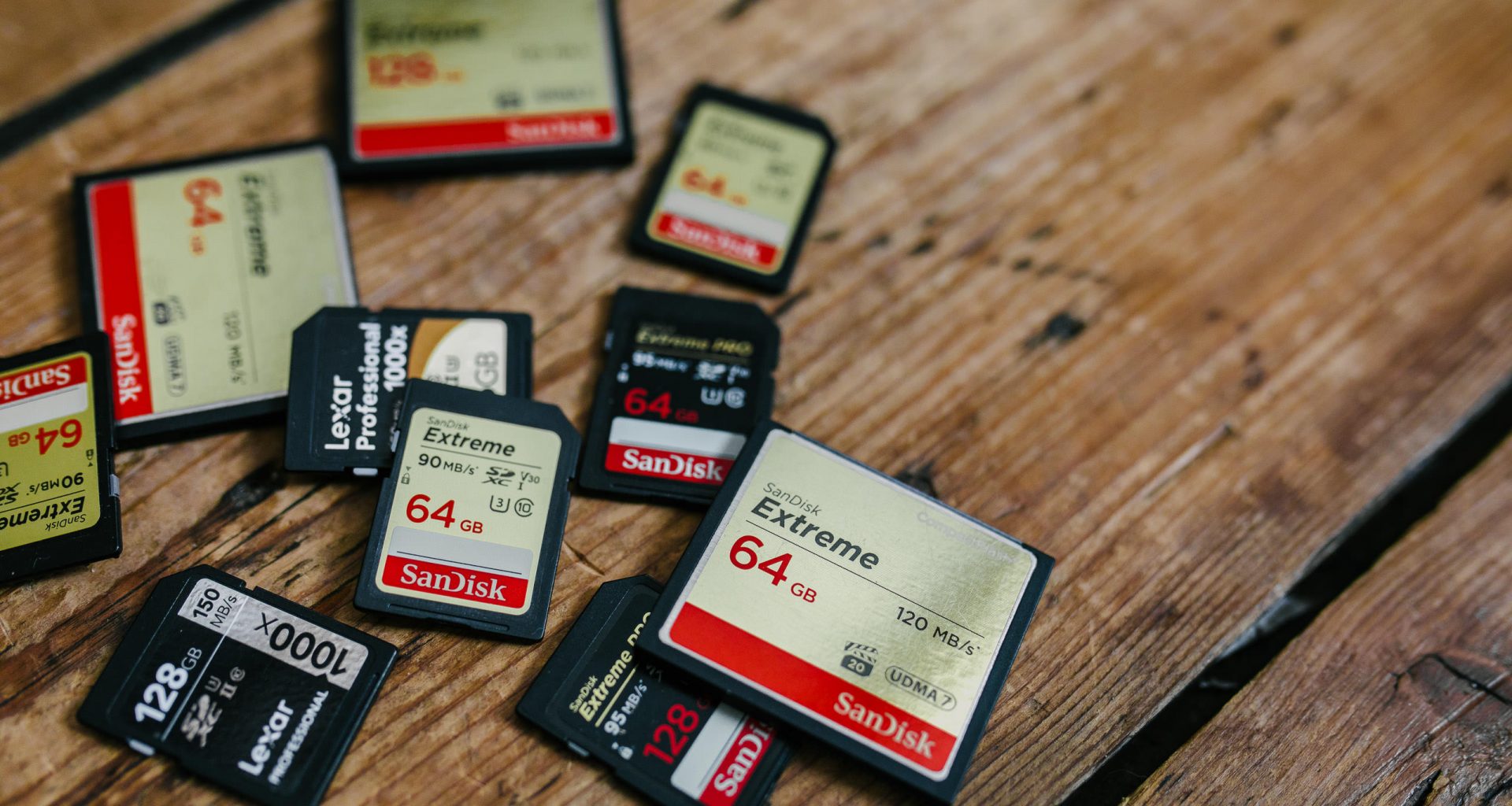
Professional wedding photographers with professional cameras will have two memory card slots. The first slot is usually to capture the pictures in raw format and the second one as a backup(usually in jpeg) in case something happens to the first card such as possibly corrupted files or physically damaged. So in addition to this, I’ll have back up cards as well.
8. Backup camera batteries
9. Lightweight foldable steps
Whilst these are ‘nice to have’ they can be very useful if you know you are going to need some additional height for a particular shot especially if there is no obvious natural aid. It can also be used for shots in areas that may be difficult to manoeuvrer in such as a packed wedding breakfast table floor setting or on a packed dance floor.
10. LED lights and stands
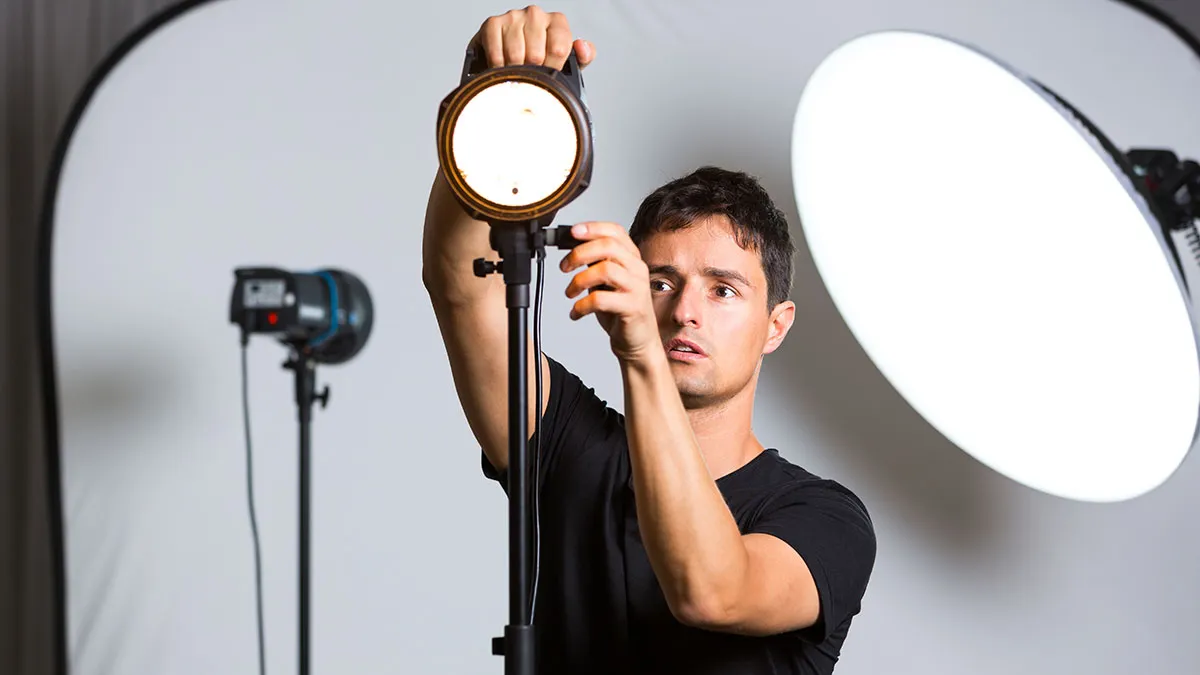
LED lights are a good insurance for when certain conditions dictate such as in winter, or when the weather is bad or where a venue has little natural light. Again they can be especially useful on the dance-floor especially for the all important first dance.
11. Finally and I know this isn’t actually equipment, I always have several hard printed copies of my wedding checklist which has all the details of the wedding such as contacts and numbers, timings, group shots etc. Having these on a mobile phone is not only inconvenient but also risky.
From this list there are definite must haves and various nice to haves. Each warrants consideration dependent on what you think will be appropriate on the day. But if you have your own transport then why not have everything in the boot just in case.

